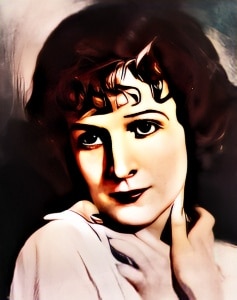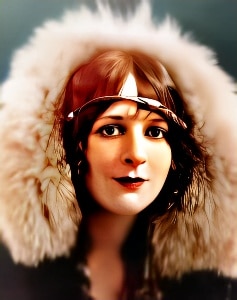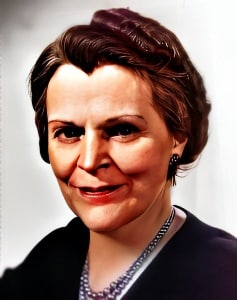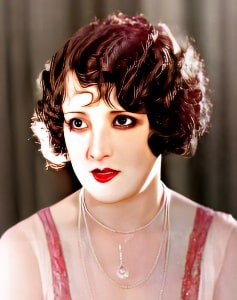 Virginia Brown Faire, born on June 26, 1904, in Brooklyn, New York, left an indelible mark on the landscape of early American cinema.
Virginia Brown Faire, born on June 26, 1904, in Brooklyn, New York, left an indelible mark on the landscape of early American cinema.
Her career, spanning from the silent era into the advent of sound films, showcased her versatility as an actress and her resilience in navigating the evolving film industry.
Faire’s introduction to the world of entertainment was through her involvement in Ziegfeld Follies, a renowned theatrical production that set the stage for her future endeavors. In the early 1920s, she transitioned to the burgeoning film industry, making her debut in silent films.
One of Faire’s noteworthy early roles was in the film “ The Sheik” (1921), starring opposite the legendary Rudolph Valentino. This cinematic venture catapulted her into the limelight, and she began to build a reputation as a talented and charismatic actress. Her ability to convey emotion without the aid of spoken words, characteristic of silent cinema, demonstrated her command over the medium.
Faire’s career continued to flourish, and she became a sought-after leading lady in silent films. Her performances were marked by a depth of expression and a range that allowed her to tackle diverse roles. As the silent era gradually gave way to sound films, Faire adapted seamlessly, showcasing her resilience in an industry undergoing a transformative shift.
In 1922, Faire took on the role of Haidee, an Arabian Princess, in the film “ Monte Cristo.” This marked another milestone in her career as she portrayed a character with depth and nuance, adding to the rich tapestry of her filmography.
In the mid-1920s, Faire starred in films such as “The Man Without a Country” (1925) and “The American Venus” (1926), further solidifying her status as a prominent actress of her time. These films not only highlighted her acting prowess but also reflected the societal and cultural trends of the Roaring Twenties.
As the transition to sound cinema became more pronounced, Faire’s career continued to thrive. She embraced the new medium with enthusiasm, demonstrating her ability to evolve with the changing times. In the 1930s, she appeared in films like “Hell-Bent for Frisco” (1931) and “Western Limited” (1932), showcasing her adaptability in the face of technological advancements.
Faire’s contributions to early cinema extended beyond acting. She played a pivotal role in shaping the narratives and aesthetics of the films she starred in. Her performances resonated with audiences, and her presence on the screen contributed to the evolving language of cinema during a transformative period.
Virginia Brown Faire’s journey in the film industry reflects not only her individual talent but also the broader shifts in entertainment during the early 20th century. Her ability to navigate the transition from silent to sound films, coupled with her enduring appeal as a leading lady, cements her legacy as a trailblazer in the annals of American cinema.




